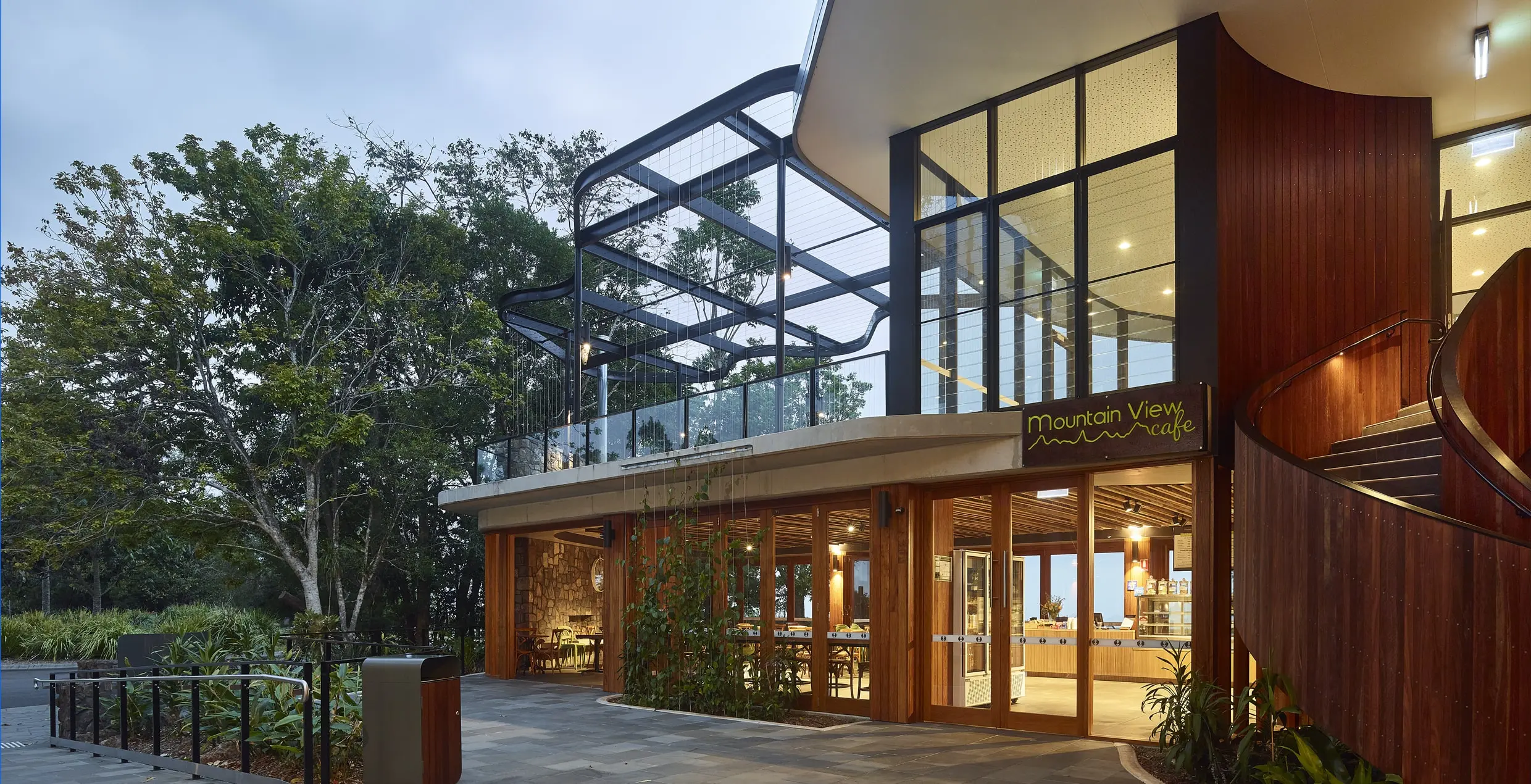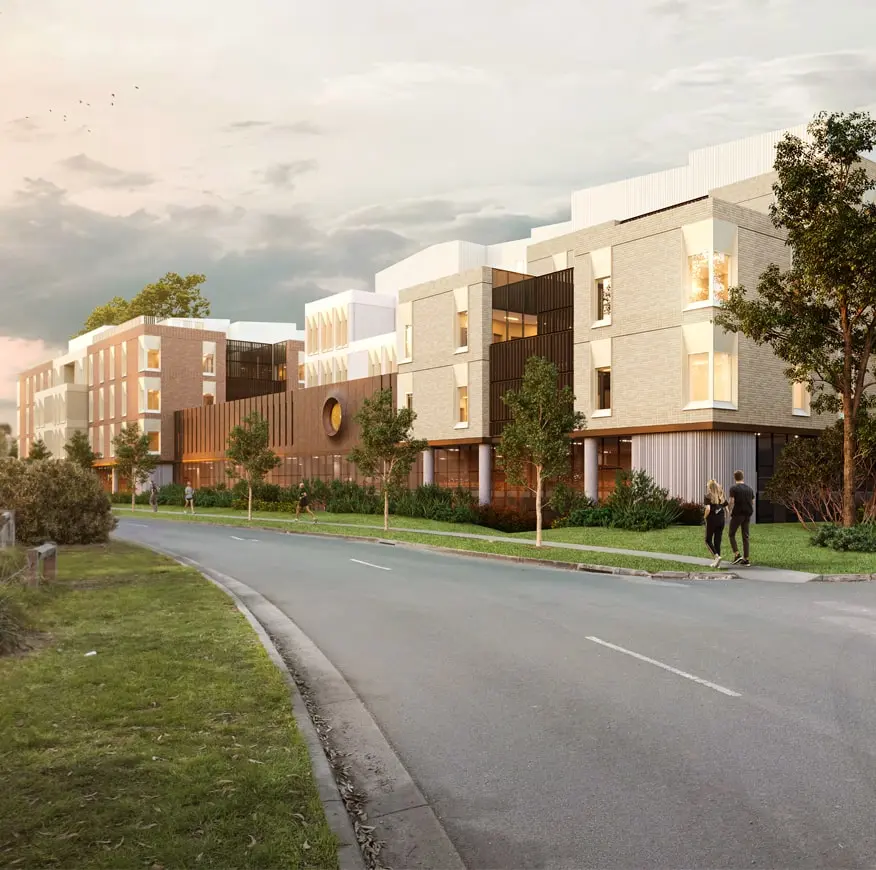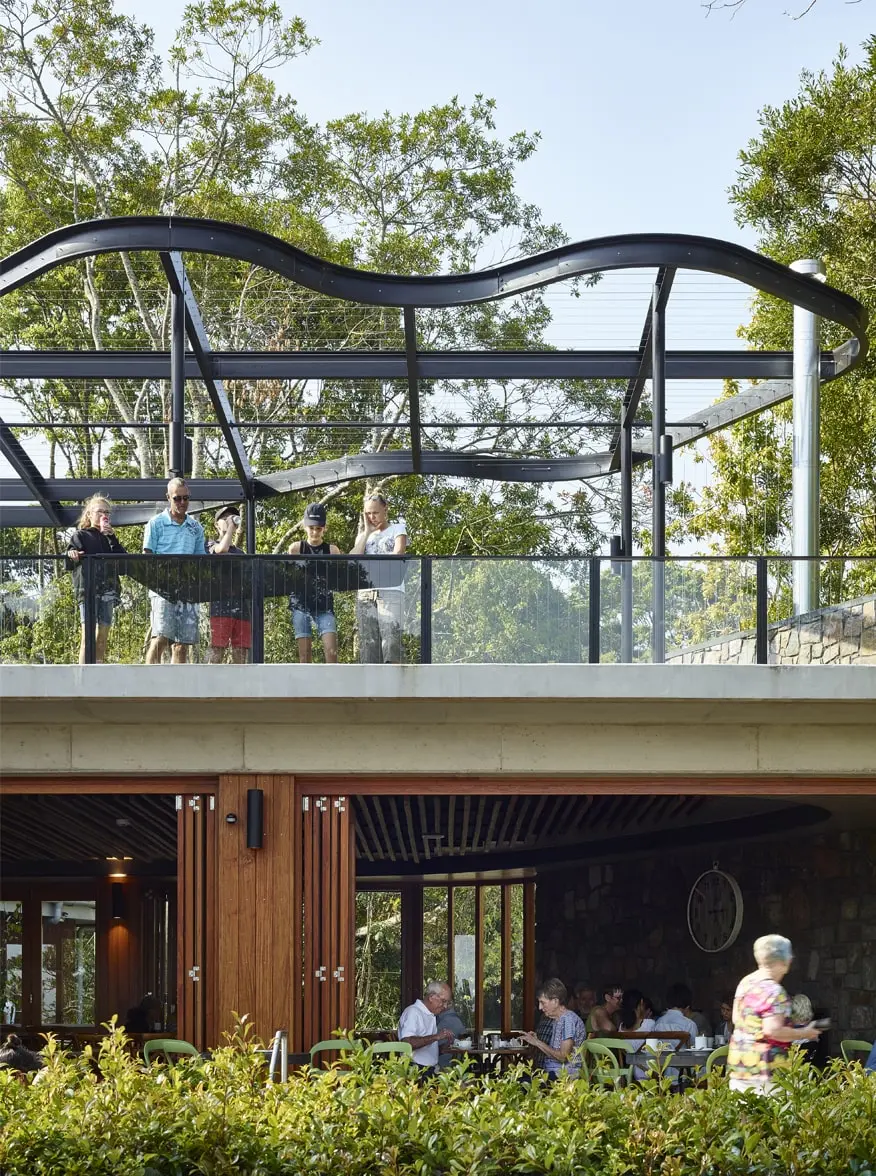
The Power of an Integrated Design Approach: Architecture, Landscape Architecture, and Interiors
When designing spaces where people live, work, and play, the goal is not just to create something visually striking; the true challenge lies in crafting environments that feel seamless, functional, and harmonious.
To achieve this, an integrated design approach—a holistic method that combines architecture, landscape architecture, and interior design— is needed from the very beginning of the project.
This approach ensures that every element, from the building structure to its outdoor surroundings and interiors, is cohesively aligned to serve the needs of its users while creating projects that feel complete from the inside out.
What is an integrated design approach?
The integrated design approach emphasises close collaboration among architects, landscape architects, and interior designers throughout the entire design process. Rather than viewing these disciplines as separate, they are treated as interconnected parts of a single vision.
Here’s what this looks like in practice:
Architecture is what dictates the shape, functionality, structural stability and environmental performance of a building. It sets the physical framework for what is possible.
Landscape architecture ensures that outdoor spaces are not an afterthought but rather part of the overall spatial experience, providing connections with nature, intuitive movement flow and harmony with the surrounding environment.
Interior design focuses on crafting functional, ergonomic and aesthetically pleasing internal environments that serve the needs of a building’s inhabitants in a manner which complements and builds upon primary architectural themes and materiality.
When integrated, these distinct disciplines come together to create spaces where people feel connected to both their natural environment and the building itself.

Why an integrated design approach is needed
Traditionally, architecture, landscape architecture, and interior design have been viewed as independent disciplines. While compartmentalised workflows can and do provide results, their linearity (‘step-based’ nature) results in design decisions that are often more reactive than proactive. This creates outcomes that miss opportunities to deliver spaces that are truly seamless, cohesive, and functional at all levels.
An integrated design approach mitigates this inherent fragmentation by inviting collaboration between architects, interior designers, and landscape architects from a project’s inception. The primary goal of this approach is to ensure every design decision stems from and complements an overarching vision, addresses project requirements holistically and delivers a coherent, indivisible outcome.
A unified vision
One of the greatest benefits of an integrated design approach is the ability to craft a unified vision across all aspects of the project – exterior façades, interior spaces, soft and hard landscaping all telling the same story. This engenders a strong sense of place and ensures that no detail feels out of sync.Holistic solutions for complex needs
Designing a residential building, commercial hub, or public space often involves juggling diverse and competing factors—from structural practicality to aesthetic appeal and environmental impact. By bringing architectural, landscape, and interior design teams together from the beginning, your project benefits from a holistic approach to problem solving. These professionals can cross-pollinate ideas and adapt their designs to solve complex challenges without compromising on functionality or aesthetics.Efficient problem solving and improved collaboration
When all design disciplines work together under one roof, the design process becomes more effective and efficient. Integrated teams eliminate silos between which potential design conflicts might arise. Architects, landscape architects, and interior designers communicate regularly to identify challenges early, resolve them collaboratively, and prevent costly changes down the road.
–
Seamless inside-out flow
Have you ever experienced a space that feels disjointed, where the interior and exterior environments look and feel as if they’ve been stitched together from disparate parts? Integrated design ensures that visual and physical transitions between spaces feel natural and effortless. For instance, landscape architects and interior designers can collaborate on creating visual continuity through materials, textures, and colours, blurring the distinction between built and natural environments.A modern office building, for example, could juxtapose expansive rooftop gardens with biophilic internal features such as natural timber and stone linings, leveraging transparency and clarity of the architectural facades to emphasise the connections between these features. The result? A harmonious space that is designed for user wellbeing.
Enhanced sustainability
Sustainability is no longer optional—it’s integral to every project design. Integrated design makes it easier to incorporate sustainable practices across all facets of a project. Landscape architects can create water-efficient outdoor areas, architects can design energy-efficient buildings, and interior designers can select eco-friendly materials. When pursued collaboratively, these efforts can produce outcomes that are greater than the sum of their parts, creating projects that have both long-term environmental and economic benefits.Improved efficiency and communication
Integrated design teams foster improved communication and coordination. Everyone involved, from project leaders to technical specialists and junior team members, understands each project’s goals and constraints, reducing misalignments in expectations or missed opportunities. This streamlined process can save time, reduce costs, and ultimately protect the design integrity of the final result.

Why choose an integrated design practice?
Choosing a design practice that unites architecture, landscape architecture, and interior design under one roof can help eliminate much guesswork and inefficiency from the design process.
This enables spaces to be crafted that feel thoughtful, coherent and tailored to each client’s individual requirements. With everyone working towards the same goal, projects and project teams flourish, bringing functionality, beauty, and sustainability together in one cohesive package. It’s design without compromise—and isn’t that what every project deserves?

GB-A brings over 35 years of integrated design expertise
At GB-A we’ve taken an integrated design approach, bringing together architecture, interiors, and landscape architecture, for over 35 years.
The benefits were seen in our flagship project Kingfisher Bay Resort and continue to be seen in more recent projects like Mary Cairncross Scenic Reserve Rainforest Discovery Centre and Thomas Embling Forensic Hospital Expansion. To find out more about our integrated design approach to projects, contact us today.
UP NEXT






























